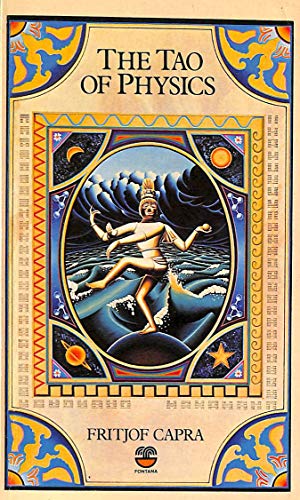
It's very true that weird, seemingly mystical things do go on at the tiny scale of the atom where quantum physics operates.

Their pronouncements on quantum mechanics are no more valid than mine would be if I suddenly set out to perform delicate surgery. Robert Lanza or a New Age/Alternative Medicine guru like Depak Chopra is not a particle physicist. I wish I had not written the review above, but I'll let it stand as mute warning to be careful of lay interpretations of science.

That's what I said before reading extensively in physics and cosmology and before watching so many charlatans and the honest but misguided people duped by them try to sell Woo-Woo in place of solid science.

"Science does not need mysticism and mysticism does not need science, but man needs both." The author's own words in the epilogue sum it up nicely. Rather, it is a fascinating mental adventure showing the ways the two schools of thought often developed in parallel and came to similar conclusions from very different beginning points. Nor is this book a deep exploration of Taoism or other Eastern Religious Philosophy. Capra says, “and mystics do not need physics, but humanity needs both.” It is a message of timeless importance.Don't look to Capra for a highly disciplined discourse on particle physics or the nature of cosmology. It includes a fresh cover design and a new preface by the author reflecting on further discoveries and developments in the years since the book’s original publication.

This special edition celebrates the thirty-fifth anniversary of this early Shambhala best seller that has gone on to become a true classic. Its publication in more than twenty-three languages stands as testimony to its universal applicability and its enduring significance. Many books have been written in the ensuing years about the connections between quantum theory and the ideas of Buddhism, Hinduism, and Taoism, but Fritjof Capra’s text serves as the foundation on which the others have been built-and its wisdom has stood the test of time. The Tao of Physics brought the mystical implications of subatomic physics to popular consciousness for the very first time. A special edition of the “brilliant” best-selling classic on the paradoxes of modern physics and their relationship to concepts of Eastern mysticism ( New York Magazine)


 0 kommentar(er)
0 kommentar(er)
